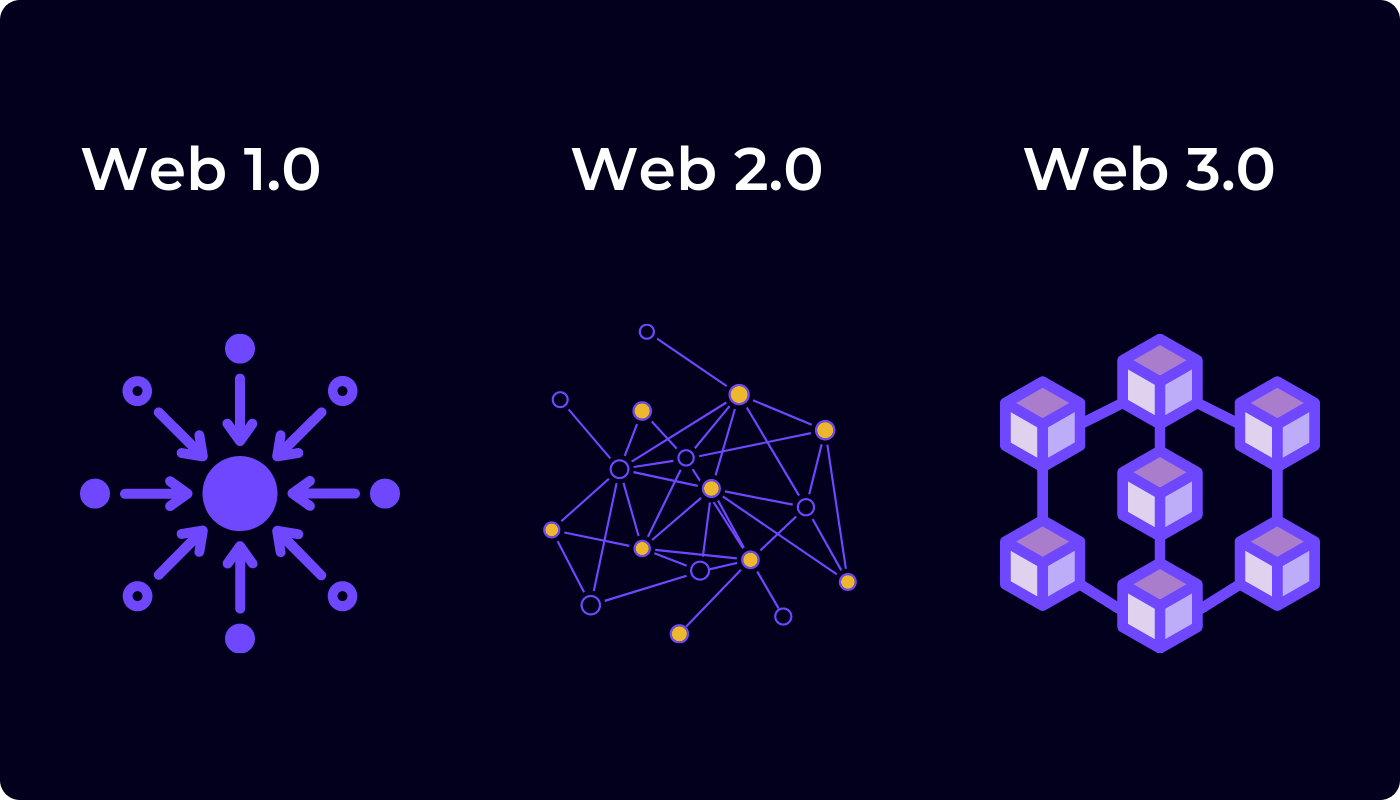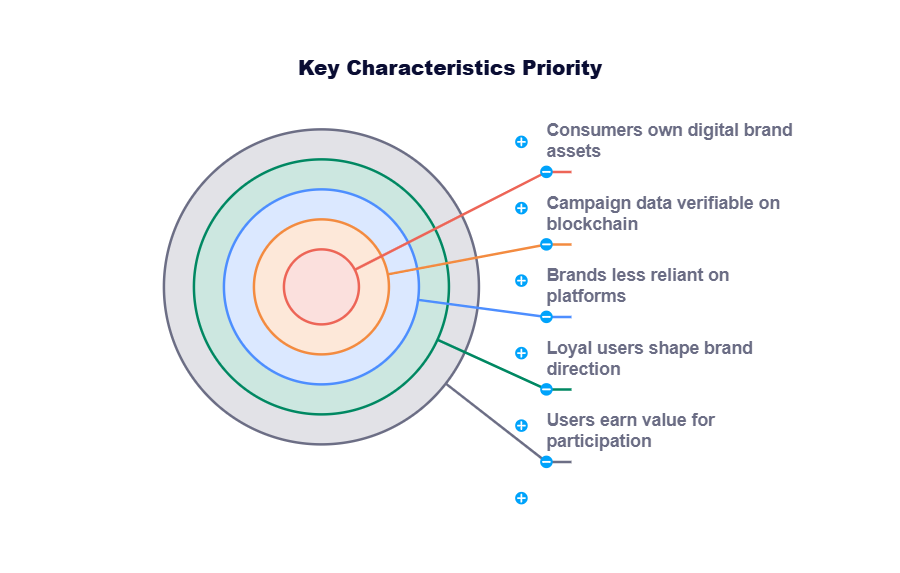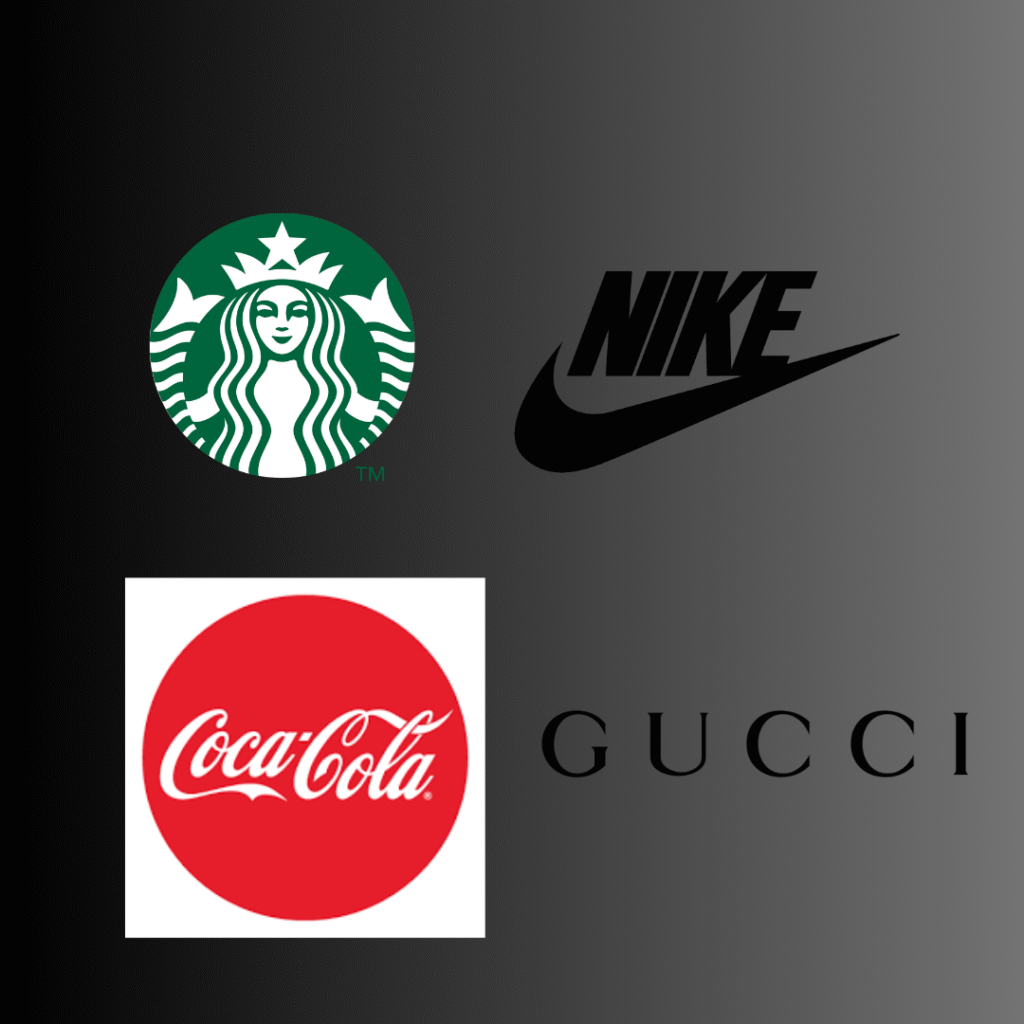Table of Contents
- Introduction
- What Exactly is Web3?
- How Web3 is Changing the Internet
- What is Web3 Marketing?
- Core Principles of Web3 Marketing
- Key Components of Web3 Marketing
- How Web3 Marketing Works in Practice
- Examples of Successful Web3 Marketing Campaigns
- Benefits of Web3 Marketing for Brands
- Challenges in Web3 Marketing
- How to Start a Web3 Marketing Strategy
- Future of Web3 Marketing
- FAQs About Web3 Marketing
- Conclusion
Introduction
The digital marketing landscape has evolved from print to social to influencer-led campaigns — and now it’s moving into Web3, the next generation of the internet.
If you’re a digital marketer, you’ve likely heard terms like blockchain, NFTs, metaverse, and DAOs. But how do they connect to marketing?
That’s what this guide will explain — in simple, actionable language
What Exactly is Web3?

Web3 represents the third generation of the internet, built on blockchain technology. Unlike Web2 (where data is controlled by tech giants), Web3 gives ownership and control back to users.
| Internet Era | Features | Example Platforms |
|---|---|---|
| Web1 | Static pages, one-way communication | Early Yahoo, MSN |
| Web2 | Dynamic, user-generated, centralized | Facebook, YouTube, Instagram |
| Web3 | Decentralized, token-based, user-owned | Lens Protocol, Mirror.xyz, OpenSea |
Web3 = Internet powered by blockchain, crypto wallets, and community participation.
How Web3 is Changing the Internet?
Users can:
Own their data instead of giving it away to advertisers.
Earn tokens for contributing to communities.
Interact with brands directly through smart contracts.
For marketers, this means a shift from interrupting users with ads to involving them in brand ecosystems.
What is Web3 Marketing?
Web3 marketing is a decentralized approach to promoting brands, products, or communities using blockchain, tokens, NFTs, and DAOs.
It builds authentic, long-term relationships based on trust, transparency, and participation — not clicks or impressions.
In Web3, customers are not just buyers; they become co-owners, creators, and contributors.
Core Principles of Web3 Marketing

Ownership: Consumers own digital assets (NFTs, tokens) tied to the brand.
Transparency: Campaign data is verifiable on the blockchain.
Decentralization: Brands rely less on centralized platforms.
Community-Driven Growth: Loyal users help shape brand direction.
Reward-Based Interaction: Users earn tangible value for participation.
Key Components of Web3 Marketing
Here are the building blocks every Web3 marketing strategy relies on:
| Component | Description |
|---|---|
| Blockchain | Foundation for decentralized storage and transactions. |
| Smart Contracts | Self-executing codes ensuring transparent marketing actions. |
| NFTs (Non-Fungible Tokens) | Used for loyalty programs, event tickets, and exclusive content. |
| DAOs (Decentralized Autonomous Organizations) | Community-driven brand governance. |
| Tokenomics | Economic systems that reward participation (points → tokens). |
| Metaverse Spaces | Virtual worlds for immersive brand engagement. |
How Web3 Marketing Works in Practice
Here’s how a typical Web3 campaign might look:
Brand creates digital assets (NFTs or tokens)
→ For example, an NFT membership card that gives special discounts.Community engagement through social platforms (Discord, Telegram)
→ Users share ideas and participate in events.Smart contract rewards participation
→ Tokens are automatically distributed for activities.Users trade or redeem tokens
→ Turning engagement into real-world or digital value.
Examples of Successful Web3 Marketing Campaigns

Examples of Successful Web3 Marketing Campaigns
| Brand | Web3 Strategy | Result |
|---|---|---|
| Nike (.SWOOSH) | NFT sneakers linked to physical products | Boosted brand engagement |
| Starbucks Odyssey | NFT-based rewards system | Built new-age loyalty model |
| Coca-Cola NFTs | Limited digital collectibles | Increased emotional brand connection |
| Gucci in Roblox | Metaverse pop-up stores | Reached Gen Z audience interactively |
Benefits of Web3 Marketing for Brands
✅ Higher Trust: Every transaction is transparent and recorded.
✅ Community Ownership: Customers feel like brand partners.
✅ Improved Loyalty: NFTs and tokens create deeper engagement.
✅ New Revenue Streams: Digital assets add value beyond products.
✅ Authentic Influence: Web3 removes fake engagement metrics.
Challenges in Web3 Marketing
While exciting, Web3 marketing also has challenges:
Complex Technology: Requires basic blockchain knowledge.
Regulation Issues: Varying global crypto laws.
User Education: Many users are still new to wallets or tokens.
Scalability: Some blockchain networks are slow or costly.
Security Concerns: Wallet safety and fraud prevention remain key.
How to Start a Web3 Marketing Strategy If you’re a marketer or agency just starting out:

Educate Yourself: Learn blockchain basics via YouTube, Coursera, or Web3 communities.
Identify Your Audience: Know who’s likely to engage with Web3 — gamers, Gen Z, crypto enthusiasts.
Build a Community First: Use Discord or Telegram to connect early.
Create Value: Offer NFTs or token-based rewards that provide genuine utility.
Collaborate with Web3 Influencers: They’re key for niche audience reach.
Measure Engagement Differently: Focus on wallet activity and community participation, not likes.
Future of Web3 Marketing
Web3 will merge with AI, AR/VR, and metaverse experiences to create fully interactive marketing ecosystems.
Imagine:
AI-powered NFT assistants guiding purchases.
Tokenized loyalty points that move across brands.
Virtual stores where digital and real-world assets blend seamlessly.
The brands that start learning Web3 marketing now will lead tomorrow’s digital economy.
FAQs About Web3 Marketing
1. What’s the main difference between Web2 and Web3 marketing?
Web2 depends on centralized platforms and ads, while Web3 focuses on decentralized, user-owned ecosystems.
2. Do I need cryptocurrency to do Web3 marketing?
Not always. You can start by exploring NFT loyalty programs or blockchain-based campaigns without heavy crypto involvement.
3. What industries benefit most from Web3 marketing?
Fashion, gaming, art, finance, education, and even real estate can use Web3 tools for brand building.
4. What skills should digital marketers learn for Web3?
Blockchain basics, crypto wallets, NFT creation, community management, and tokenomics.
5. How can small businesses adopt Web3 marketing?
Start with NFT-based loyalty cards, transparent blockchain reviews, or token reward systems for referrals.
Conclusion
Web3 marketing isn’t a passing buzzword — it’s the next big transformation in how brands and users connect.
It’s not about selling harder; it’s about co-creating experiences with your audience through trust, transparency, and ownership.
If you’re a digital marketer, now’s the time to upskill, experiment, and become an early adopter of the decentralized marketing revolution.








